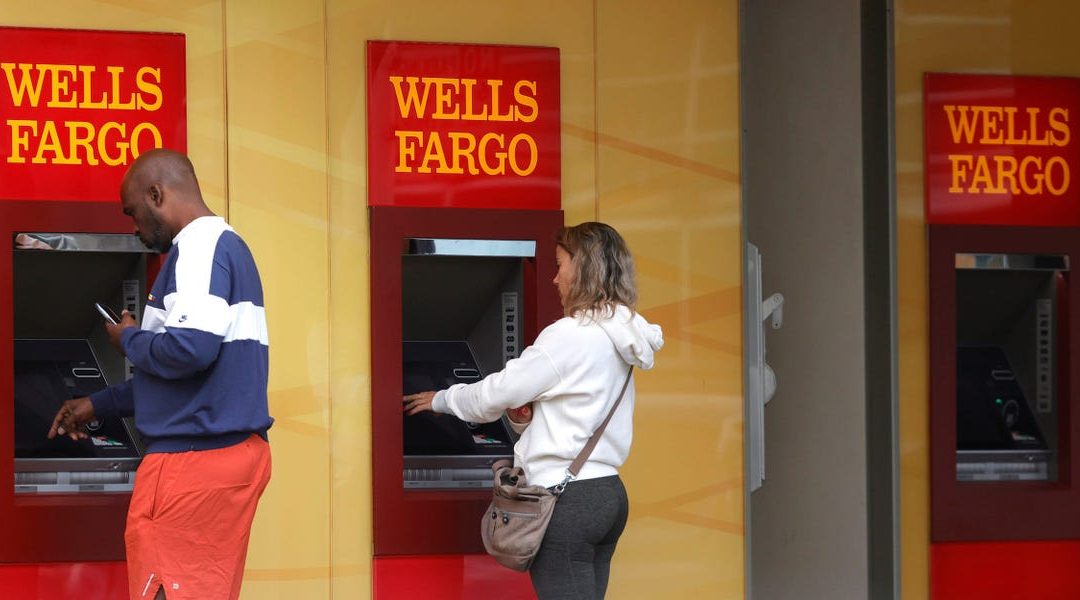Justin Sullivan/Getty Images
- New data shows Americans have already burned through a third of their pent-up savings.
- That’s nearly three times more than previously thought, and signals spending will soon slow down.
- Retailers are adjusting accordingly, but the data hints a recession is increasingly likely.
The financial cushion protecting Americans from sky-high inflation is smaller than previously thought. As savings dwindle, the chances of a severe recession mount.
Household finances are in a worrying decline. Savings boomed through the early days of the pandemic as unprecedented stimulus and weak in-person spending left Americans more cash to stash away. That trend peaked in the middle of 2021 as the economy reopened and spending rebounded. Surging inflation led many to tap their savings to afford everyday staples, and as prices continue to soar, the cash buffer has continued to shrink.
The situation is even worse than previously thought. Data from August showed US households having spent about $270 billion of a $2.4 trillion savings cushion, according to the Bureau of Economic Analysis. That equates to about 11% of that extra accumulated cash having been spent since balances started to fall last year.
But recent revisions paint a bleaker picture. According to the newly revised stats that came out on September 30, the savings buffer peaked at only $2.1 trillion in August 2021, and roughly $630 billion — or 31% — of that cushion has been spent.
Pantheon Macroeconomics
That smaller cash cushion signals “the risk of recession is higher than we previously thought,” Ian Shepherdson, chief economist at Pantheon Macroeconomics, said in a Monday note.
Should households start to cut spending and prop up their declining savings, it could remove a much-needed driver of economic growth.
“The risk has increased that people will not be prepared to run their savings down far enough and fast enough to keep consumption rising at a pace sufficient to offset weakness elsewhere,” Shepherdson said.
Several retail giants already expect the slowdown to materialize. Walmart and Target both announced last month that their holiday sales promotions will start in early October in a bid to attract shoppers put off by skyrocketing prices. Amazon, meanwhile, announced its own deals event for Prime members spanning from October 6 to October 8 in a bid to compete with its brick-and-mortar peers.
By offering deals sooner, inflation-wary shoppers can spread out their holiday purchases across several pay periods so as to not stretch their finances too thin.
“We know price is top of mind for Walmart customers and will continue to be a significant factor as the holiday season approaches,” Walmart spokesman Nick DeMoss told The Washington Post in September. “Customers are shopping early, and finding the lowest prices is a top priority.”
Despite the early discounts, Americans’ dwindling savings will likely lead to a smaller holiday spending boom. Retail sales are expected to climb just 4% to 6% between November 2022 and January 2023, Deloitte said in a September report. That’s down from the 15.1% gain posted during the same period last year.
The writing has been on the wall for some time. Inflation-adjusted spending at retailers and restaurants has been falling since April, aside from a surprise uptick in August. That means households are generally spending less, even though high prices have many ponying up more cash for the same necessities.
The savings slump doesn’t guarantee a recession on its own. Easing inflation could help Americans’ savings go further, and a stock market rebound could give households some flexibility to spend more.
Yet it’s unclear “where the savings rundown will stop” since household finances “have never looked anything like this,” Shepherdson said. If today’s trend continues, a spending slump could drag the US into a bleak downturn, and households will have less of a buffer to weather the storm.
“Sustained strength in consumption, therefore, will be essential to keep the economy out of recession. We are less confident of that than before the release of the revised savings data,” Shepherdson added.
This content was originally published here.

